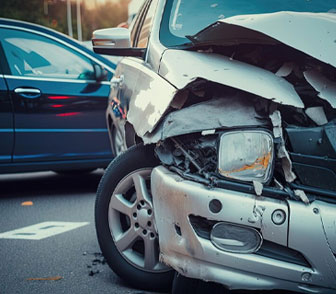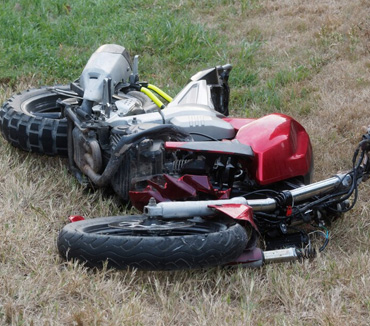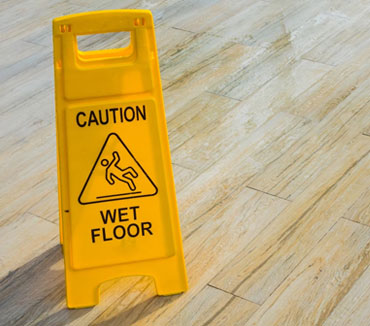3-Second Rule for Safe Following Distance
No, I’m not talking about the three-second rule, where you can drop food on the ground and if you grab it in under three seconds, you can eat it. I am talking about the three-second rule that recommends keeping enough of distance from the vehicle ahead to allow for more than a few seconds of reaction time. In 3 seconds or less, drivers must simultaneously assess the situation, decide how to respond and immediately act on their instincts.
One of the first lessons we learn as new drivers is how essential it is to keep your distance from other vehicles. We are all too aware that not everyone drives safely and responsibly. Unfortunately, you cannot rely on others to uphold acceptable standards of safety.
Studies have shown the majority of car accidents occur in under 3 seconds. When you are traveling at high speeds, this may be too small a margin of response time. This is precisely why so many rear-end accidents happen in bumper-to-bumper traffic or when one person is tailgating. In some instances, a distracted or tailgating driver may be too to slow down and will not be able to brake in time. This is why every driver must understand how significant their responsibility is when every time they are behind the wheel.
The Three-Second Rule
Rear-end collisions are the most common of all vehicle accidents. They occur when drivers do not have enough time to react safely to slowing or stopped traffic. Increasing your following distance can help give you time to react when someone brakes in front of you.
Increasing the distance between you and the car ahead can help give you the time you need to recognize a hazard and respond safely. The 3-second rule is a simple way to double-check that you are driving at a safe following distance. Choose a fixed point that is even with the car in front of you (a road sign or a building). If you reach that same fixed point before you can count to three, then you are driving too close to the car in front of you and you need to increase your distance.
Sometimes Three Seconds Is Not Enough
There are times when the three-second rule doesn’t apply and when only leaving three seconds of distance between you and the car in front could still be dangerous. The three-second rule is recommended for passenger vehicles during ideal road and weather conditions. During adverse weather conditions or when visibility is reduced, slow down and increase your following distance to allow for extra reaction time. Also increase your following distance if you are driving a larger vehicle or towing a trailer.
Distractions, such as texting, changing the radio station or glancing at a navigation device, also play a significant role in rear-end collisions. Even if you use the three-second rule, you may not have time to react to a hazard if you are distracted. Avoid distractions while driving by silencing your phone or putting it in your purse or glove compartment.
Final Thoughts
Nobody wants to be involved in an accident, and the best way to avoid it is to always employ defensive driving techniques. Part of this is leaving a safe distance between you and the car in front, and by applying the two- or three- second rule, you have an easy way to calculate this.
If you or a loved one has suffered a brain injury in a motor vehicle accident and have questions about seeking legal action, call us now at 1-877-241-9554 to learn more about your options. A free consultation is just a phone call away.
Request A
Free Consultation
Fields Marked With An ” *” Are Required










